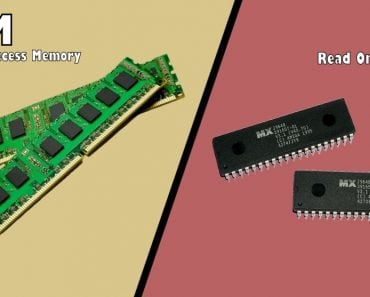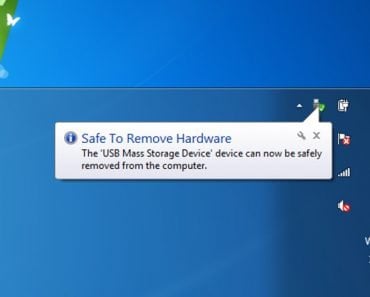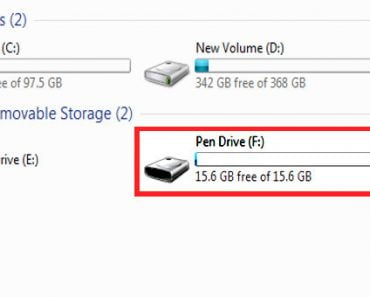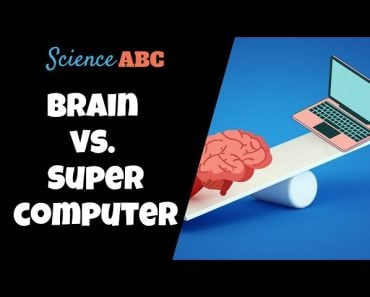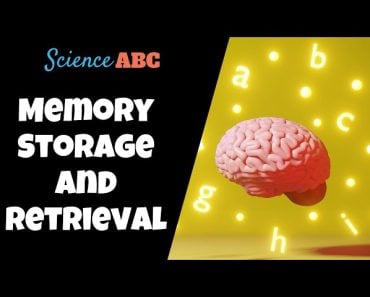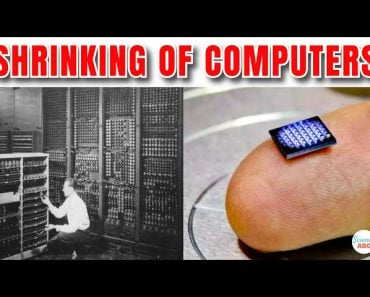Table of Contents (click to expand)
When a file is deleted from a computer, the file is not actually removed from the hard drive. Instead, the space that the file occupied is marked as available for new data to be written. If new data is not written to that space, the file can be recovered using a file recovery program.
When we delete something from our computer, laptop or any other computing device, for that matter, we assume that the memory gets transferred to the recycle bin. However, what if we delete the memory from the recycle bin? Is it permanently gone? Is it hidden somewhere in the depths of the memory? Or has the government encoded it and tucked it away in a secret data bunker?! Well, before we delve into what happens to deleted files, let’s take a brief review of the two kinds of memory that play a crucial role in the working memory of a computer.
Recommended Video for you:
Volatile And Auxiliary Memory
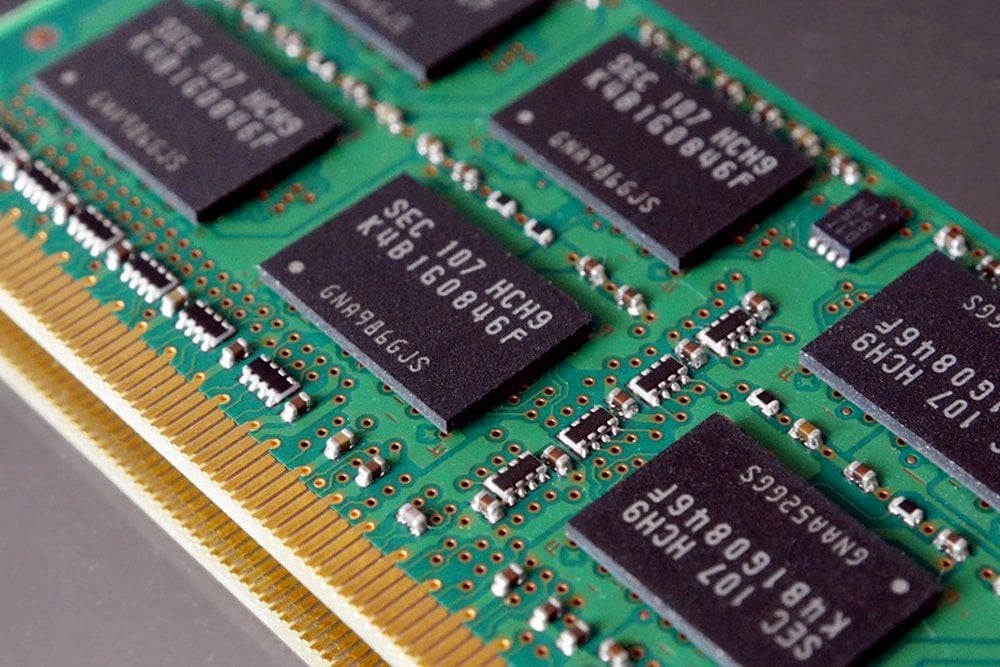
Volatile memory, as the name suggests, is volatile, but to put this in more helpful terms, this kind of memory is only functional while your computer is powered on. The moment you turn off the supply power, this particular kind of memory is lost. The two kinds of memory classified within volatile memory are RAM and ROM. RAM stands for Random Access Memory and ROM stands for Reading Only Memory. The primary job of the RAM is to store memory that can readily be accessed very rapidly for the CPU (Central Processing Unit). The multiple tabs open in your web browser, the word document, and the video player that are opened simultaneously are all stored. Certain forms of programming and computing also require excessive use of your computer’s RAM. However, unlike the auxiliary memory (which we will discuss below), RAM cannot hold memory for a definitive amount of time until power is supplied to it.
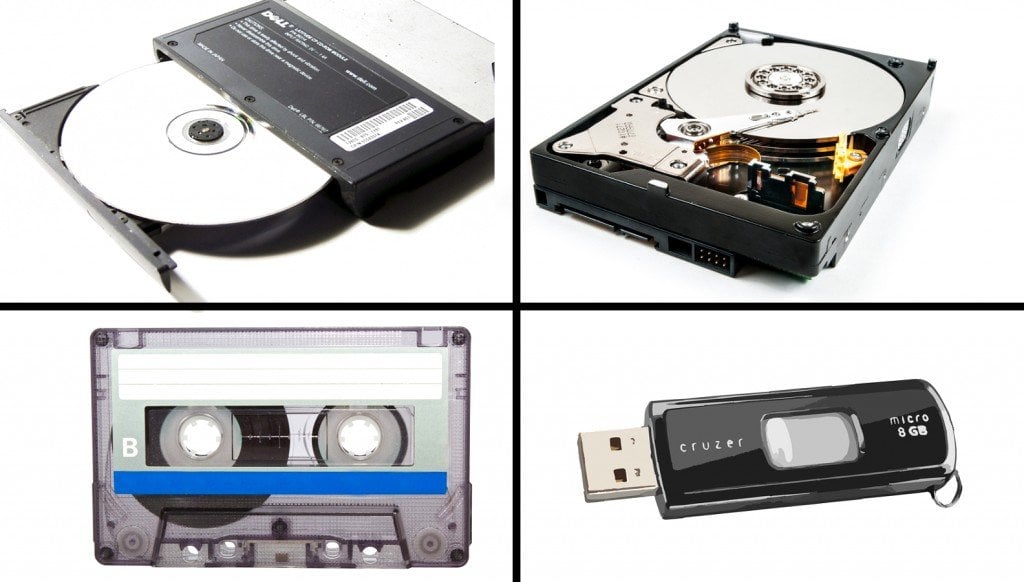
Auxiliary memory is known by various other terms, such as static memory or external memory. Auxiliary memory also comes in a number of forms, such as CD (Compact Disc) and Hard Drives. This is a form of memory where a user can store the bulk of their data. Most auxiliary memory systems consist of memory that is highly ferromagnetic. A ferromagnetic element is one that contains diffused magnetic poles within it. The memory is stored by magnetizing the magnetic dipoles in a particular orientation. Once this is done, the computer can go back and retrieve this permanent data whenever the user needs it. There is a new generation of auxiliary memory known as Solid State Drives (SSD). SSD is also known as flash memory. These are extremely fast in terms of storing and retrieving data for users and are the most preferred form of auxiliary memory in today’s computing devices.
Deleting A File
Contrary to popular belief, the moment you delete a file, it does not magically disappear from the hard drive. In fact, for this particular question, we will only be considering the Windows Operating System. Windows, in particular, keeps track of all files present on the Hard Drive. This is done with the help of things known as “pointers.” Each file or folder on the Hard Disk has a pointer that tells Windows where the particular file is located on the Hard Disk. When you delete a file, Windows removes the pointer and changes the file location status to available. From the file system point of view, in the Operating System, the file is no longer present on the Hard Drive, and the sector that contained the file is considered free space.

However, there is a catch! Until the Windows OS rewrites new data on the available sectors, the file still exists and is very much recoverable. There are file recovery programs that can scan the hard drive for these deleted files and restore them. Now, the question might arise as to why the computer does not simply go ahead and delete the files directly. Well, the answer to that is pretty simple. Deleting a pointer is much faster than deleting all the data present in that particular sector. For example, if you’ve ever noticed, deleting a 10 GB file is almost instantaneous, as compared to writing a 10 GB file. Erasing a 10 GB file takes as much time as writing it down. The only time it is truly deleted or erased is when new data is written on top of a sector that does not have a pointer towards it (deleted file).
All of the info above relates to how memory is handled in terms of a hard drive, but Solid State Drives works differently. A memory sector in an SSD is known as a flash cell. When you use an SSD, the files are instantaneously erased, regardless of the operating system involved in it. In an SSD, data cannot be written on top of existing data present within a flash cell. To write down the data, the first thing that must be done is that the data in the flash cell must be erased. Thus, the next time you do delete a file, remember that it’s still lingering around in your hard drive somewhere, unless you have an SSD!


